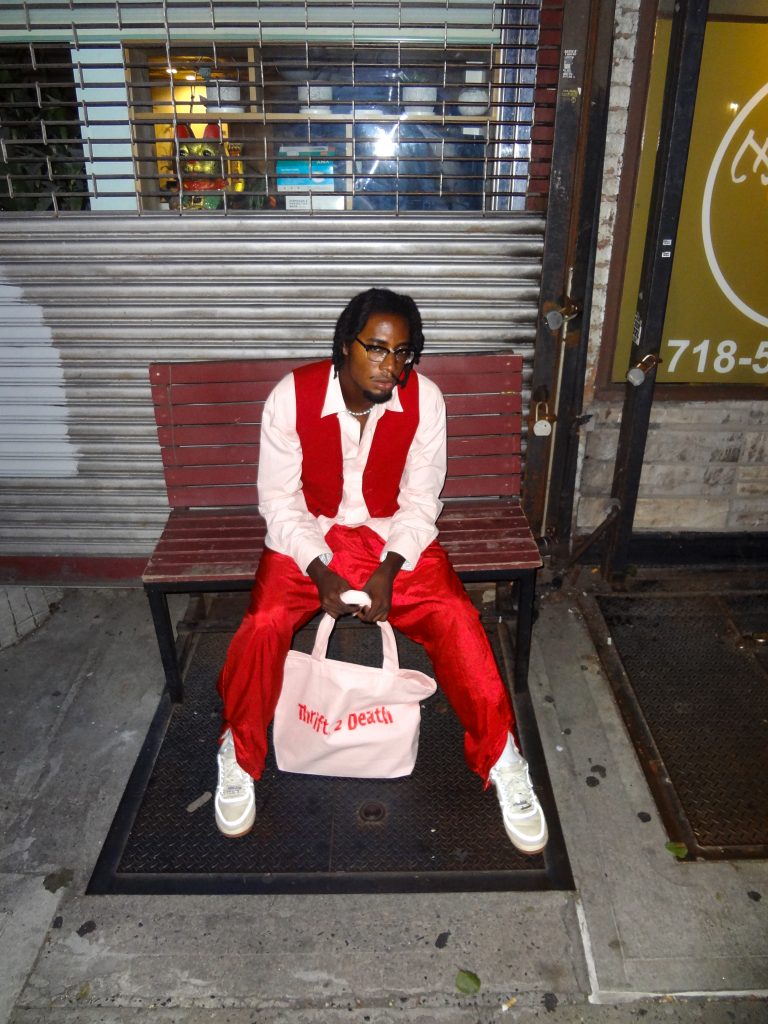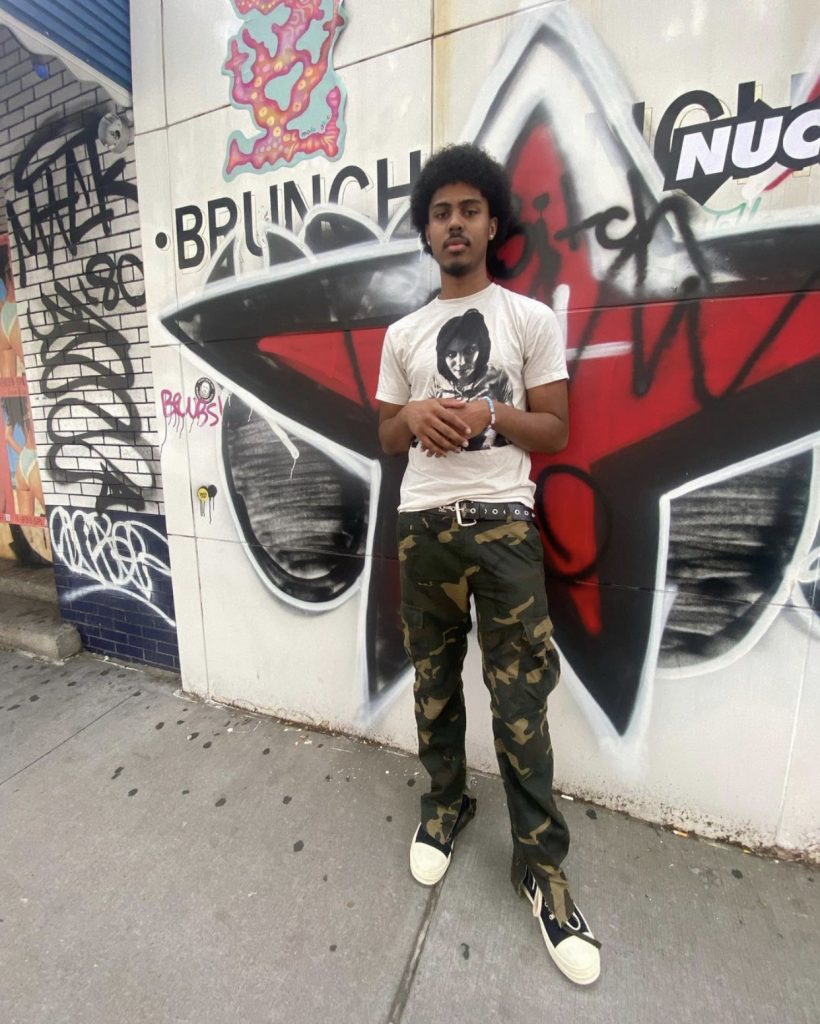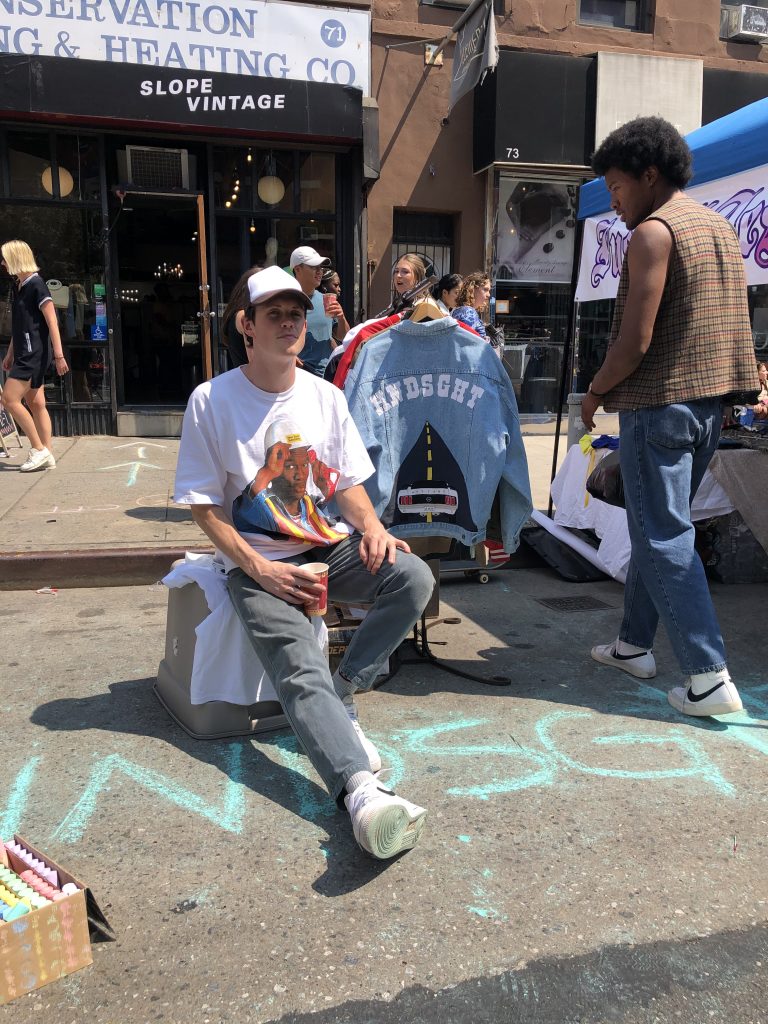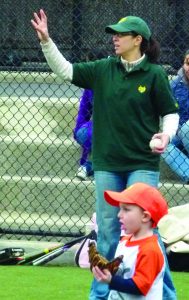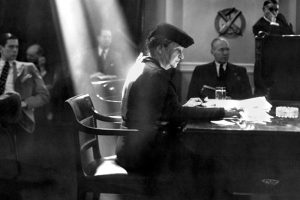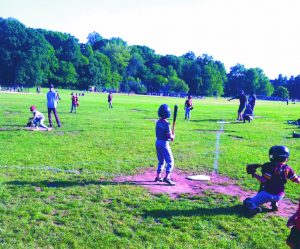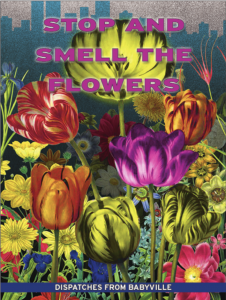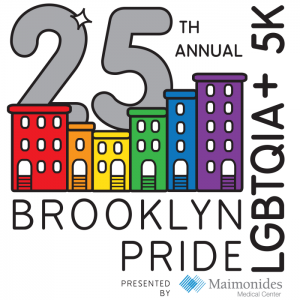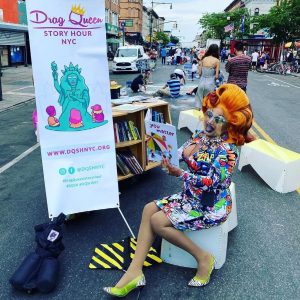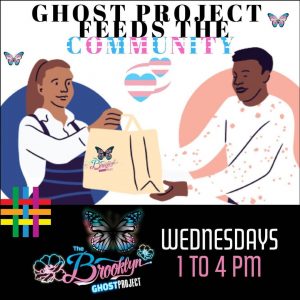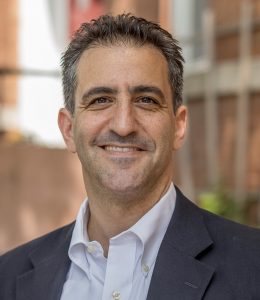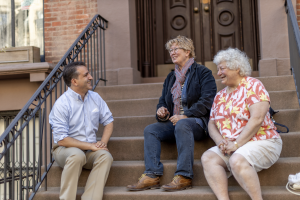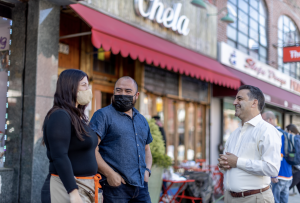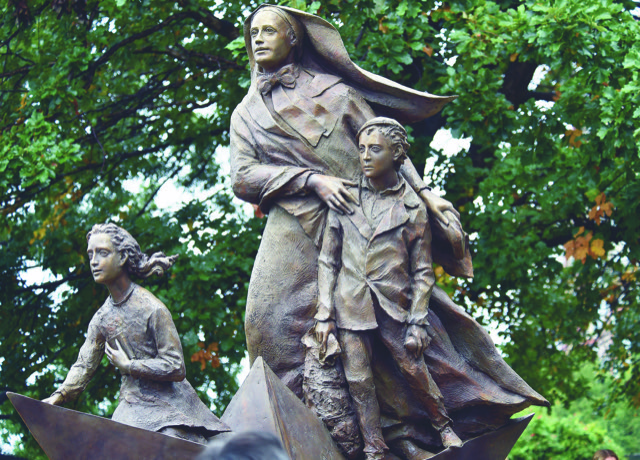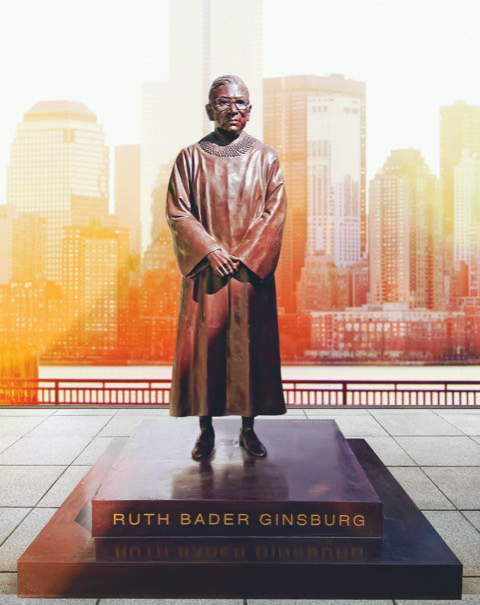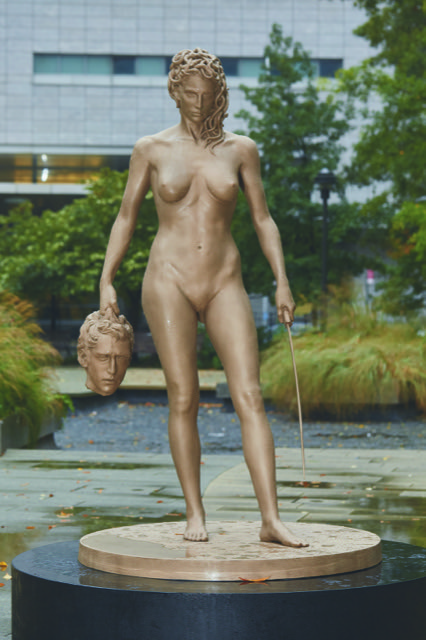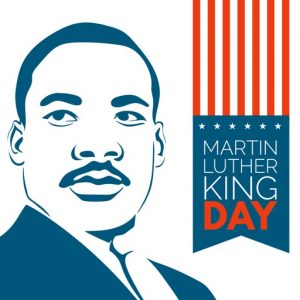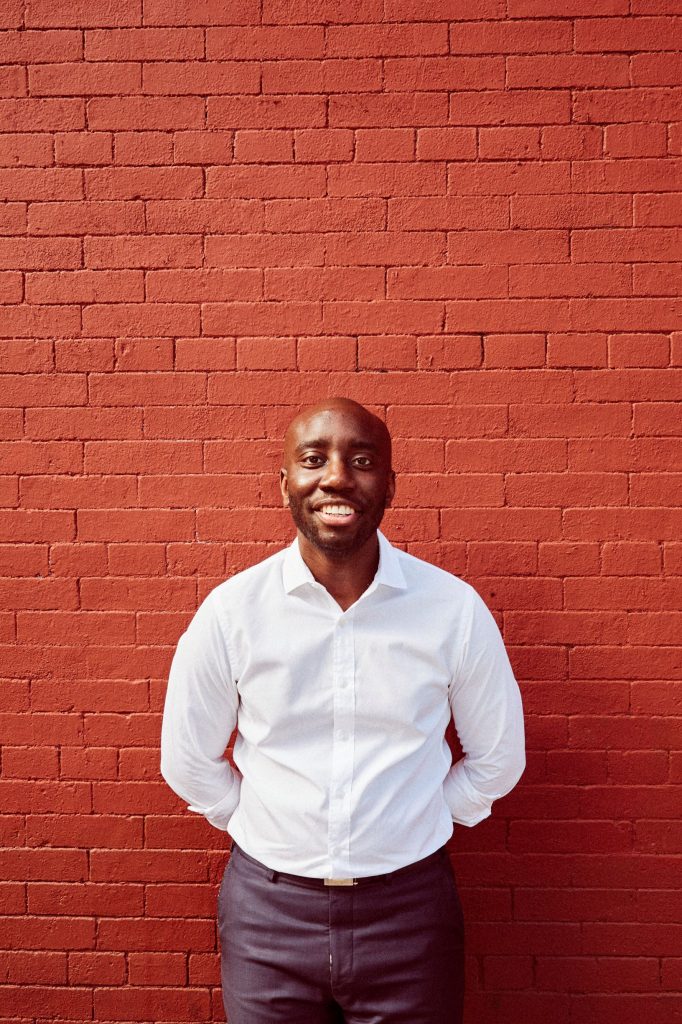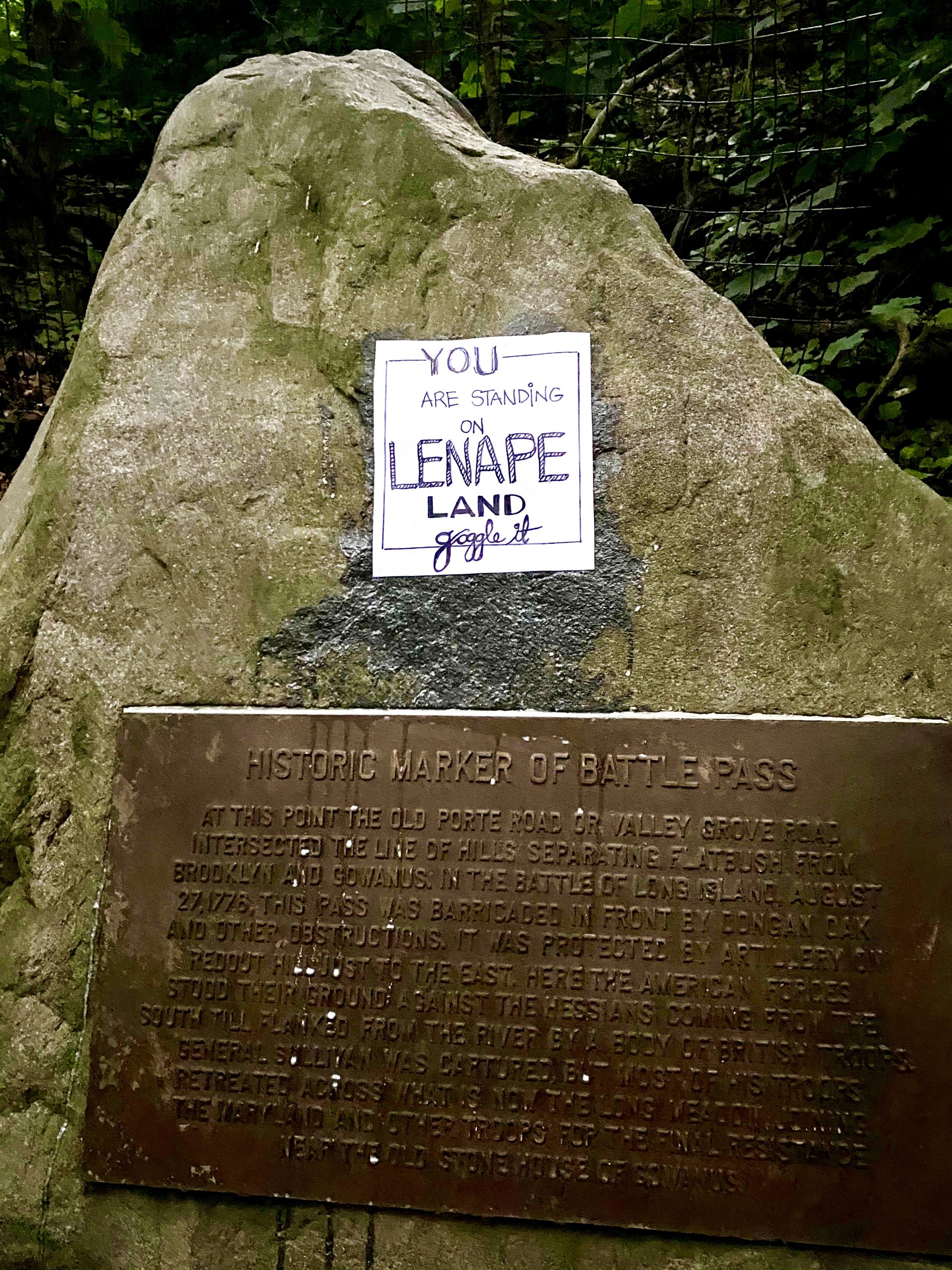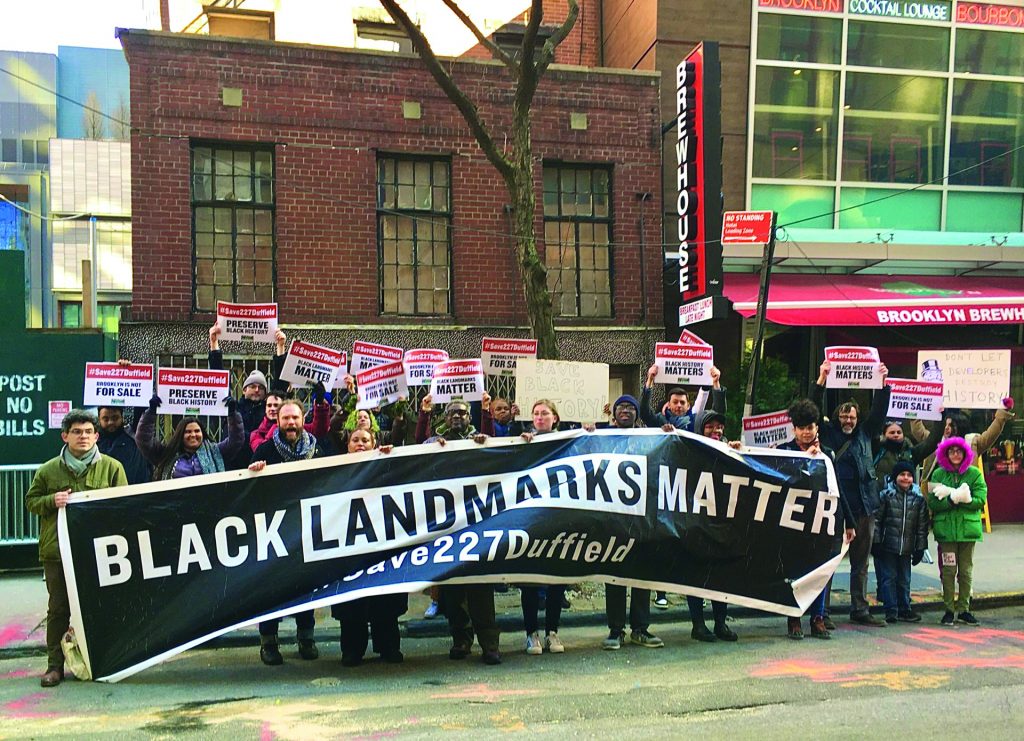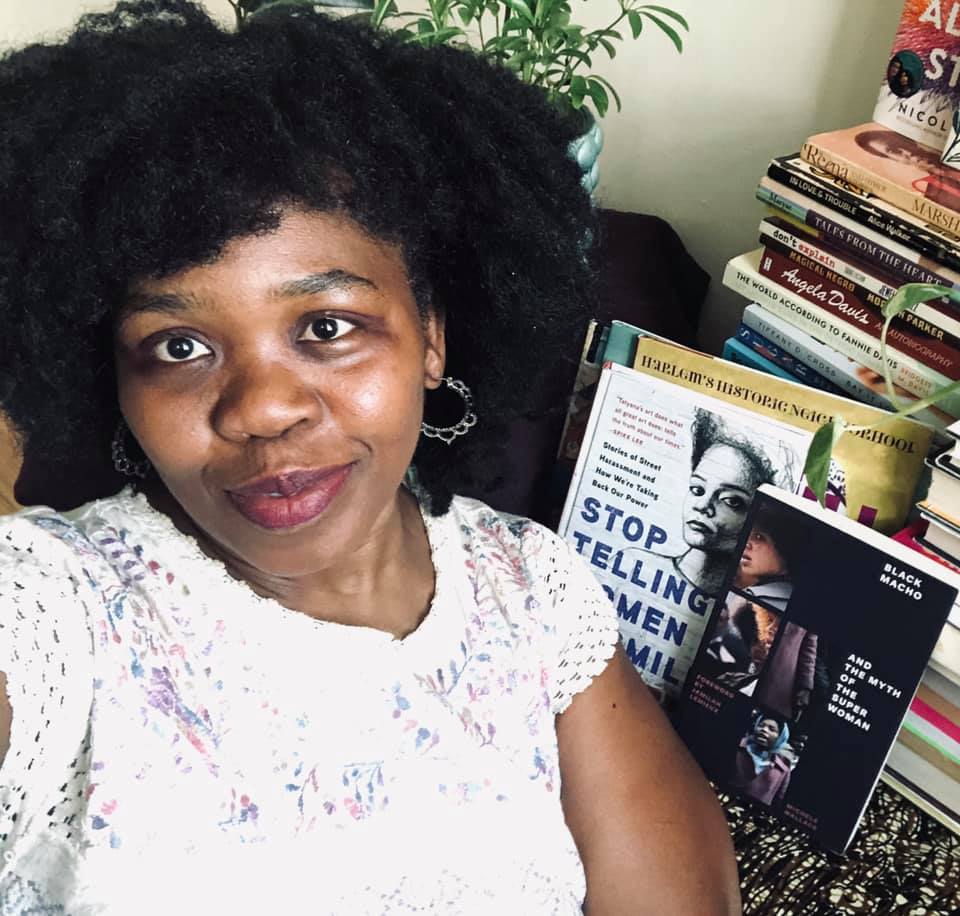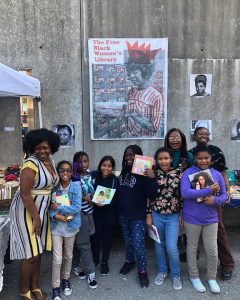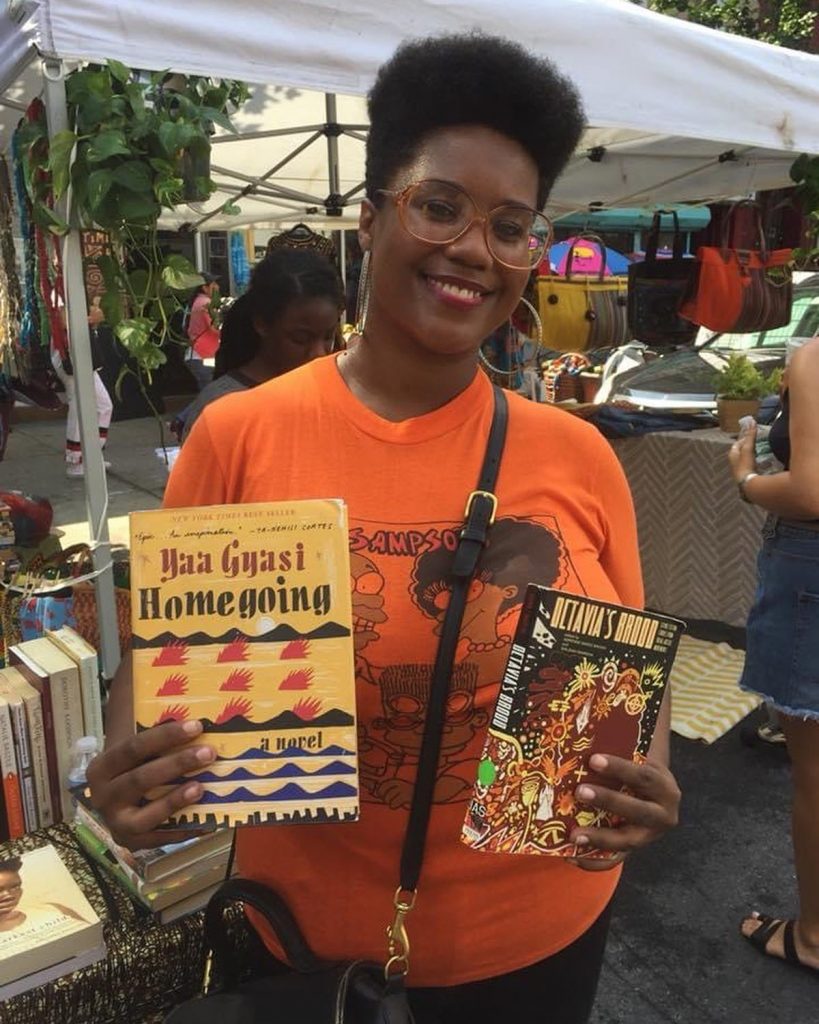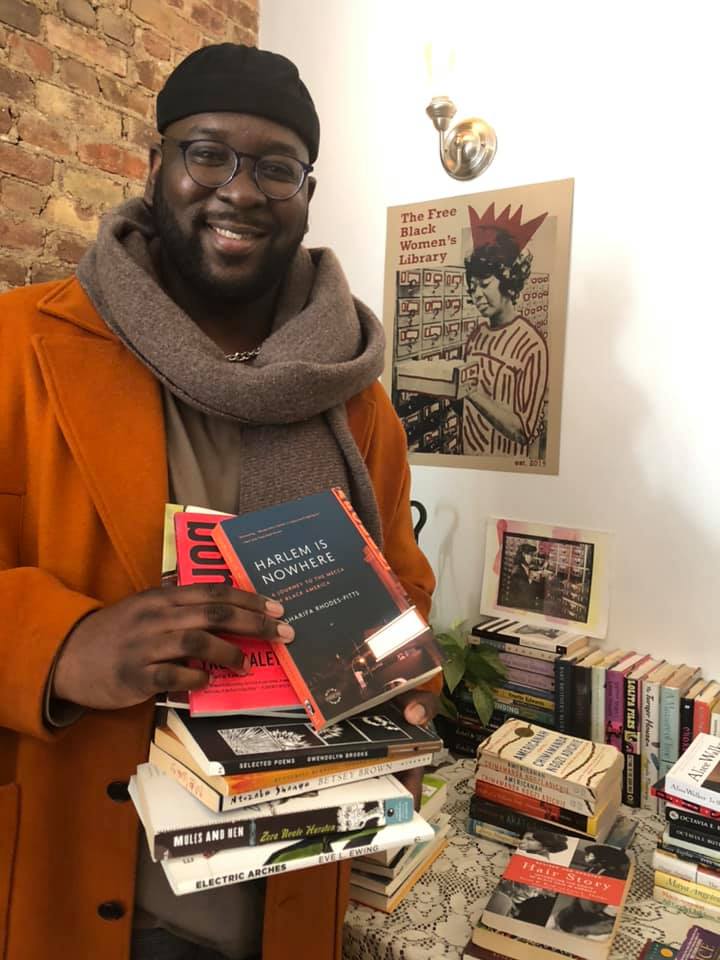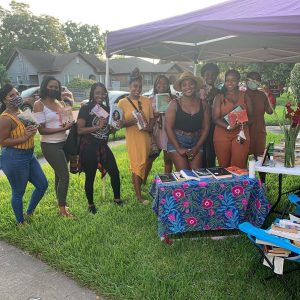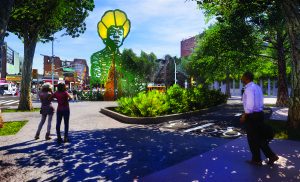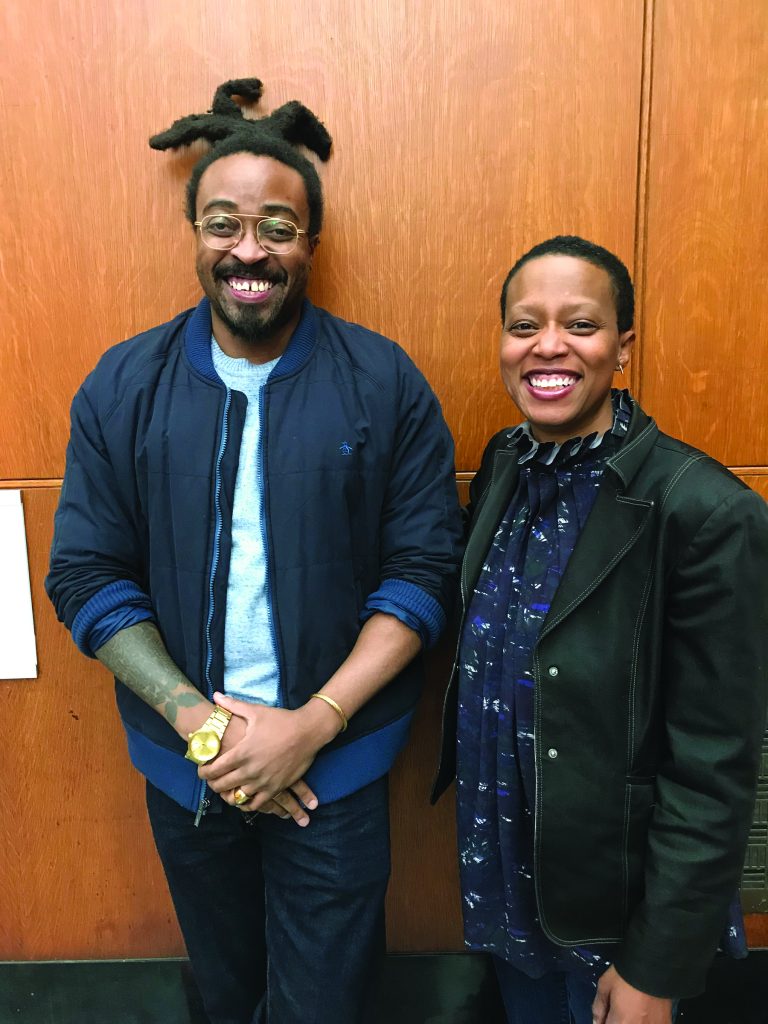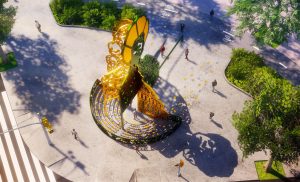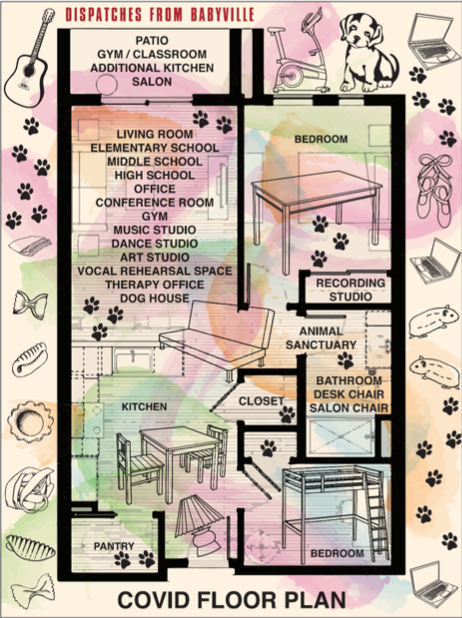
My grandmother used to keep her pasta in the dishwasher. Her dishwasher hadn’t worked in decades, and it wasn’t necessary, anyway – she prefers to wash the dishes by hand. But it did take up precious space in her small Bensonhurst apartment. So she decided it would function perfectly as a storage unit for non-perishable goods, like lasagne, tagliatelle, rotini, farfalle, bucatini, penne and orecchiette.
“Getta me a boxa pasta!” she’d call, and I’d walk over to her defunct dishwasher to select one.
When you live in a city where one square foot of living space costs hundreds of dollars, you don’t let a broken dishwasher sit empty. You maximize every last inch of usable space, re-purposing and multi-purposing incessantly. Never has that been more true than during the past year and a half, when we were all in and out of shutdowns and quarantines, stuck at home.
Last August, as our first Covid summer came to a close and my three kids faced a new year of school which we knew would be at least partially remote, I decided we needed to free up space in our apartment. If I made space, we could set up three schoolwork areas, and if I set up three schoolwork areas, we could have an orderly, productive remote school experience.
Let’s set aside the fact that I was delusional in believing any remote school could be productive or orderly. After all, hindsight’s 20/20.
I started with an innovative brainwave: I’d make my youngest daughter’s bed into a loft, so we could put her dressers underneath it, thus liberating valuable square feet in the shared bedroom. This loft-bed project brought me to Ikea. Me and everyone else in the tri-state area.
I selected a large quantity of home accessories I did not need, immediately undoing the de-cluttering I had undertaken the week prior. I loaded up on cinnamon rolls and Swedish meatballs and lingonberry soda. Then I headed to the warehouse shelves which were supposed to hold the dresser I’d selected to go in the loft area. When I found the shelves bare, I waited on a serpentine line to ask a women in customer service where I could find them.
“You can’t,” she said. “We’re sold out.”
“What about in another color? Or at another Ikea?” I asked.
That’s when she explained that it wasn’t just the Brooklyn Ikea that was sold out but every Ikea in the Eastern Seaboard.
“The whole Eastern Seaboard?” I repeated. It was a strange expression to use at Ikea’s customer service desk.
“Yep,” she replied. “Everybody’s fixing up their houses before school starts.”
Looks like I was not alone in my quest to make everything that was wrong in the world right with some light redecorating.
The loft-bed was only the first of my home improvement projects. Freeing up those precious few square feet whetted my appetite for “finding” more space. This is a misleading term. It’s not as if extra space was hiding somewhere, like there was a trick wall that, when pushed on at the exact right spot, revealed a secret room. Still, I believed that if I planned thoughtfully enough, arranged furniture carefully enough, I’d make the little space we had go much farther.
The challenge — a challenge shared by everyone — was that my apartment, which used to be just a home, now had to serve so many other functions. It was an elementary school, and also a middle school and a high school, too. It was an office for my husband and I, and a conference room. It was a gym. A music studio where my 14-year-old took piano lessons. A dance studio where my 9-year-old took ballet. An art studio where my 16-year-old learned how to use pastels and acrylics. It was an exam room for practice SATs. A vocal rehearsal space for high school audition tapes. It was a therapy office.
No home can serve that many functions, and definitely not one that covers less than 1300 square feet.
Still, I tried, the way we all did. What choice did we have?
I maximized the use of our tiny balcony which Pre-Covid had never been used, because it overlooks Fourth Avenue and is loud, polluted and generally grimy. Now, the balcony functioned as a gym, housing the budget stationary bike my husband bought in the early days of Covid, when even bike riding seemed too dangerous. By happenstance one day, my 9-year-old discovered zoom school was much more tolerable when she did it while pedaling. Then the balcony because a gym/ classroom. Multi-purposing at its finest.
The bathroom became an animal sanctuary, with two hamster cages stashed in the bathtub.
“I need to take a bath,” my daughter whined one night.
“Forget it,” I told her. “That’s the hamsters’ real estate.”
Another night, my teenage daughter complained there was no room quiet enough to record the original song she’d written on guitar.
“Go play in my closet,” I told her, as if it was obvious. “The clothing will be a good buffer.”
And she did. Thus began the “Closet Concert” series.
Coordinating remote school was more difficult. When not riding the bike on the balcony, my little one preferred to do zoom school from the living room, which was where my older daughter liked to work too, So much for the special work stations I’d taken pains to establish in August. Most mornings, they’d get set up in the living room, which is also the kitchen, which is also my office, and so, while working, I’d be treated to a lecture on mitosis while simultaneously learning about the establishment of New Amsterdam while listening to my husband grind coffee.
“Dad, stop!” the girls shouted in stereo. “We’re at SCHOOL!”
“Where am I supposed to grind coffee?” he asked.
“The balcony!” I replied, exasperated. “That’s where all grinding, blending and hair drying happens during school hours. When it’s not being used as a gym.”
One night in late autumn, I was sitting on the couch surveying my living room, which had become impassable. The keyboard and chair blocked egress to the balcony. The exercise bike, dragged inside to avoid rain, blocked egress to the bathroom. You couldn’t sit at the dining room table because there wasn’t space enough to pull the chairs out, what with the desk I’d wedged in there for my husband and the lamp.
“I wish we could put furniture on the ceiling,” I said wistfully to David. “Is that — are we sure that’s impossible?”
“You are getting carried away,” he said. It’s not the first time he’s said this to me.
“The problem is there’s not enough space in this house!” I exclaimed.
“The problem is a deadly pandemic is ravaging our world,” he said.
He was, of course, right.
There was nothing I could do about the complex, maddening, terrifying problem of Covid, so I focused with a deranged zeal on a problem that could be fixed. Except that solving one did not solve the other.
“No matter how inventive I was with my storage, or how many functions I could eek out of one toilet bowl (desk chair! salon chair! toilet!), it didn’t change the despair I felt every day over what my kids were missing, and I was missing, which was nothing compared to what so many had lost, and continued to lose. “
Then, in November, just after I’d maximized every nook and cranny of the apartment, I decided to add something entirely different to the house. The puppy who is now a member of our family is small but takes up plenty of square footage, racing around our small home at a breakneck pace, strewing his toys and chewys everywhere, dragging garbage across the floor, wreaking havoc. His crate and beds and gates and food bowls have made me admit defeat in the battle against clutter. Our house is absolutely overbrimming with stuff. But it is also overbrimming with delight. We can’t look at the pup without cracking a smile, or dissolving into coos, or squealing with laughter. He makes the house messy, and immeasurably happy.
I couldn’t find any more space within the confines of the apartment, but I found plenty of breathing room in the expansive joy the puppy brought with him.


